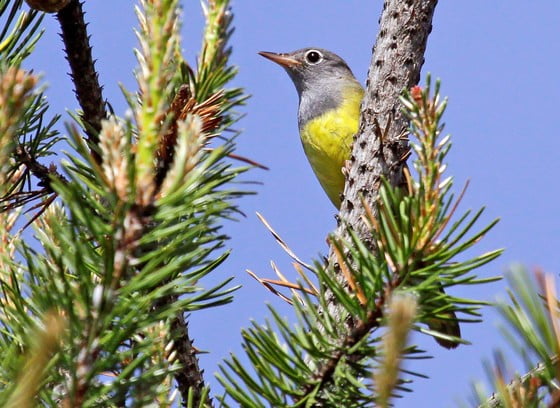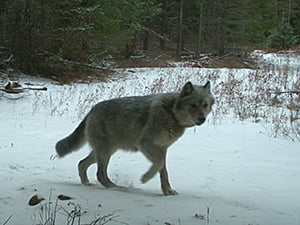
By Arlo Kane, Private lands biologist, Landowner Assistance Program
Florida Fish and Wildlife Conservation Commission
Bobwhite quail populations have declined more than 80 percent in the last 50 years. But quail have a high reproductive output and given the right circumstances they can bounce back quickly.
Habitat loss is the biggest factor in quail declines, as it is in many species. But you can help bring back the bobwhite on your property by creating the right habitat conditions. USDA’s Natural Resources Conservation Service offers cost-share assistance for restoration practices that benefit quail habitat. The Working Lands for Wildlife – Bobwhite Quail Initiative provides landowners with financial incentives for practices such as prescribed burning, hedgerows, field borders, brush management, forest stand improvement, prescribed grazing and conservation cover.
How can these practices be used to benefit quail? Let’s start with prescribed burning. Burning is the number one practice used for wildlife management. Fire reduces the leaf litter that covers bare ground and brush that impedes travel. Quail are weak scratchers, and they must be able to see seeds on the bare ground if they are to find them. Burning also renews fresh herbaceous vegetation that attracts the insects quail feed on. Forest stand improvement can be used to thin your pine or hardwood stands and create a more open habitat that allows quail to flush unobstructed when predators approach. Quail are early successional species, preferring grassy, weedy habitat with few scattered trees. They are not forest dwellers, so reducing the canopy is an important for quail management.
Quail covies spend most of the day loafing under clumps of brush that provide protection from predators, winter cold and the summer heat. Creating brushy fence rows can be a huge benefit to quail populations. Farmers can create field borders of narrow strips of grassy cover around plowed fields to increase edge and diversity. The loss of field borders due to “clean” farming struck a major blow to quail populations in farming country. This practice can be used creatively to provide cover without a significant loss of acreage to the farmer.
Quail use native bunchgrasses such as bluestems and wiregrass for nesting cover. Pastures of “improved” sod grasses such as Bahia grass have resulted in the loss of millions of acres of quail habitat. Conservation cover is a practice that can be used to re-introduce native bunchgrasses to increase available nesting habitat.
In cattle country, one of the most powerful tools available to manage habitat is the cow, depending on stocking rates and how they are managed. Cattle can change the composition and distribution of bunchgrasses and brush that directly affect quail populations. Prescribed grazing is a practice that can be applied to native range that will benefit quail.
Whatever your circumstances, the Working Lands for Wildlife – Bobwhite Quail Initiative is a program that can help you achieve your habitat goals. If everyone who owns land contributes to improving quail habitat on their property, together, we can “bring back the bobwhite.”
Cost share programs through USDA’s Natural Resources Conservation Service programs can help offset the cost of conducting habitat restoration. Contact your Florida Fish and Wildlife Conservation Commission Landowner Assistance Program biologist or local NRCS district conservationist for more information. To learn more about managing wildlife on your property, check out our habitat how-to section at the FWC’s Landowner Assistance Program.
If you are interested in helping us map quail left in Florida on private lands, tell us the location where you have heard or seen wild bobwhite on our quail sightings page.

